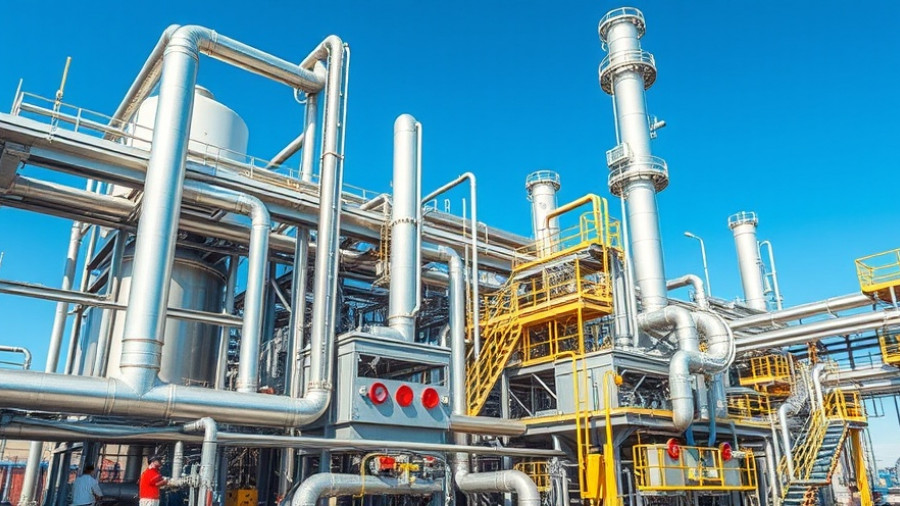
Missed Narratives in Safety Storytelling within Construction
Safety storytelling plays a crucial role in conveying the importance of health protocols in construction. In the recent work 'Union,' there lies a significant opportunity that was overlooked in crafting safety narratives. For business owners and facility managers who rely on commercial construction firms, this absence speaks volumes about the broader implications for workplace safety standards.
Bridging the Gap: Effective Communication
One of the fundamental principles of effective safety storytelling is clear communication. Many construction firms fail to express how safety practices not only protect workers but also safeguard investments. Understanding how to communicate safety measures effectively can enhance commitment to safety protocols. Facility managers and property developers are encouraged to recognize the role of storytelling as a tool to promote safety culture within their own organizations.
The Cost of Neglecting Safety Protocols
The financial implications of inadequate safety protocols cannot be understated. Commercial construction comes with innate risks; without comprehensive safety storytelling, awareness diminishes, leading to potential accidents and subsequent costs. Business owners should grasp how investing in clear, consistent safety narratives can mitigate risks and enhance public perception of their projects.
Drawing from Real-Life Experiences
Real-life stories can humanize safety protocols, making it easier for teams to understand their importance. Engaging narratives can illustrate the consequences of neglecting safety standards, ultimately leading to a safer working environment. As health-conscious businesses, it is essential to integrate these narratives into training programs for employees, fostering a culture of vigilance and care.
Innovative Strategies for Safety Awareness
In an era where safety technologies are increasingly prevalent, businesses must leverage innovative strategies to elevate awareness. Incorporating technological advancements, such as augmented reality and interactive training modules, can enhance learning experiences, making safety storytelling not only informative but also engaging. These innovations can resonate well with tech-savvy professionals looking to optimize their safety practices.
Next Steps for Businesses
To improve safety outcomes, it is incumbent upon businesses to critically assess their current safety storytelling approaches. By taking steps to refine their narratives and integrate real-life experiences, construction firms can foster a deeper connection with their workforce. Those who prioritize safety as foundational to their business strategy will likely reap both financial and reputational rewards.
Call to Action: If you’re a business owner or facility manager, take this opportunity to evaluate your safety protocols and storytelling methods today. Embrace the potential of effective safety narratives to pave the way forward in enhancing workplace safety and well-being, ultimately benefiting your bottom line.
 Add Row
Add Row  Add
Add 




Write A Comment